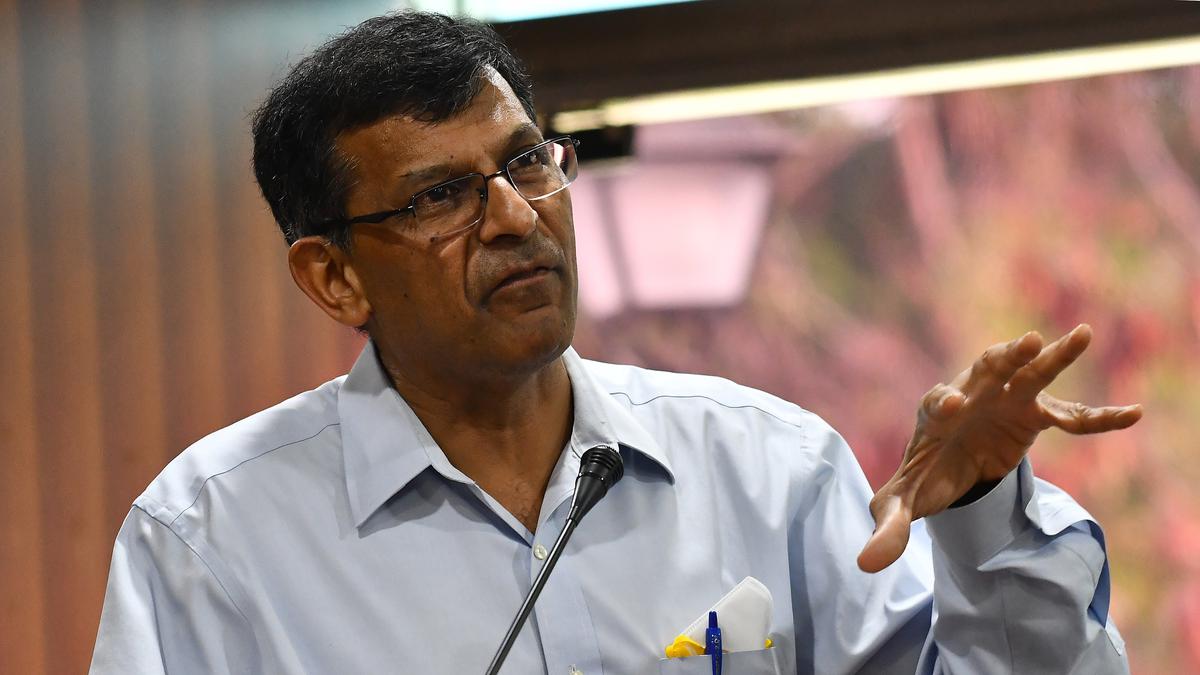
India is “dangerously close” to Hindu rate of growth, says Raghuram Rajan
The Hindu
Hindu rate of growth is a term describing low Indian economic growth rates from the 1950s to the 1980s, which averaged around 4%.
Sounding a note of caution, former Reserve Bank Governor Raghuram Rajan has said that India is "dangerously close" to the Hindu rate of growth in view of subdued private sector investment, high interest rates and slowing global growth.
Mr. Rajan said that sequential slowdown in the quarterly growth, as revealed by the latest estimate of national income released by the National Statistical Office (NSO) last month, was worrying.
Hindu rate of growth is a term describing low Indian economic growth rates from the 1950s to the 1980s, which averaged around 4%. The term was coined by Raj Krishna, an Indian economist, in 1978 to describe the slow growth.
The Gross Domestic Product (GDP) in the third quarter (October-December) of the current fiscal slowed to 4.4% from 6.3% in the second quarter (July-September) and 13.2% in the first quarter (April-June).
Also read: RBI projects economic growth at 6.4% for next fiscal
The growth in the third quarter of the previous financial year was 5.2%.
"Of course, the optimists will point to the upward revisions in past GDP numbers, but I am worried about the sequential slowdown. With the private sector unwilling to invest, the RBI still hiking rates, and global growth likely to slow later in the year, I am not sure where we find additional growth momentum," Mr. Rajan said in an email interview to PTI.

The Union Budget unveiled on February 1, 2025, has come at a time of unprecedented global uncertainty and a flagging domestic economy. The real GDP growth is estimated at 6.4% for 2024-25 and between 6.3-6.8% for 2025-26, a far cry from >8 percent growth required annually to make India a developed nation by 2047. While much attention has been devoted to the demand stimulus through income tax cuts, not enough is said about the proposed reforms in urban development, tariff rationalisation, and regulatory simplification aimed at making Indian cities and corporates more competitive. Since the majority of economic activity is located in cities (urban areas account for ~55% of GDP) and produced by large corporates (~40% of the national output and 55% of India’s exports), the above-mentioned reforms have a pivotal role in improving India’s trend growth rate. Below we unpack each reform.












